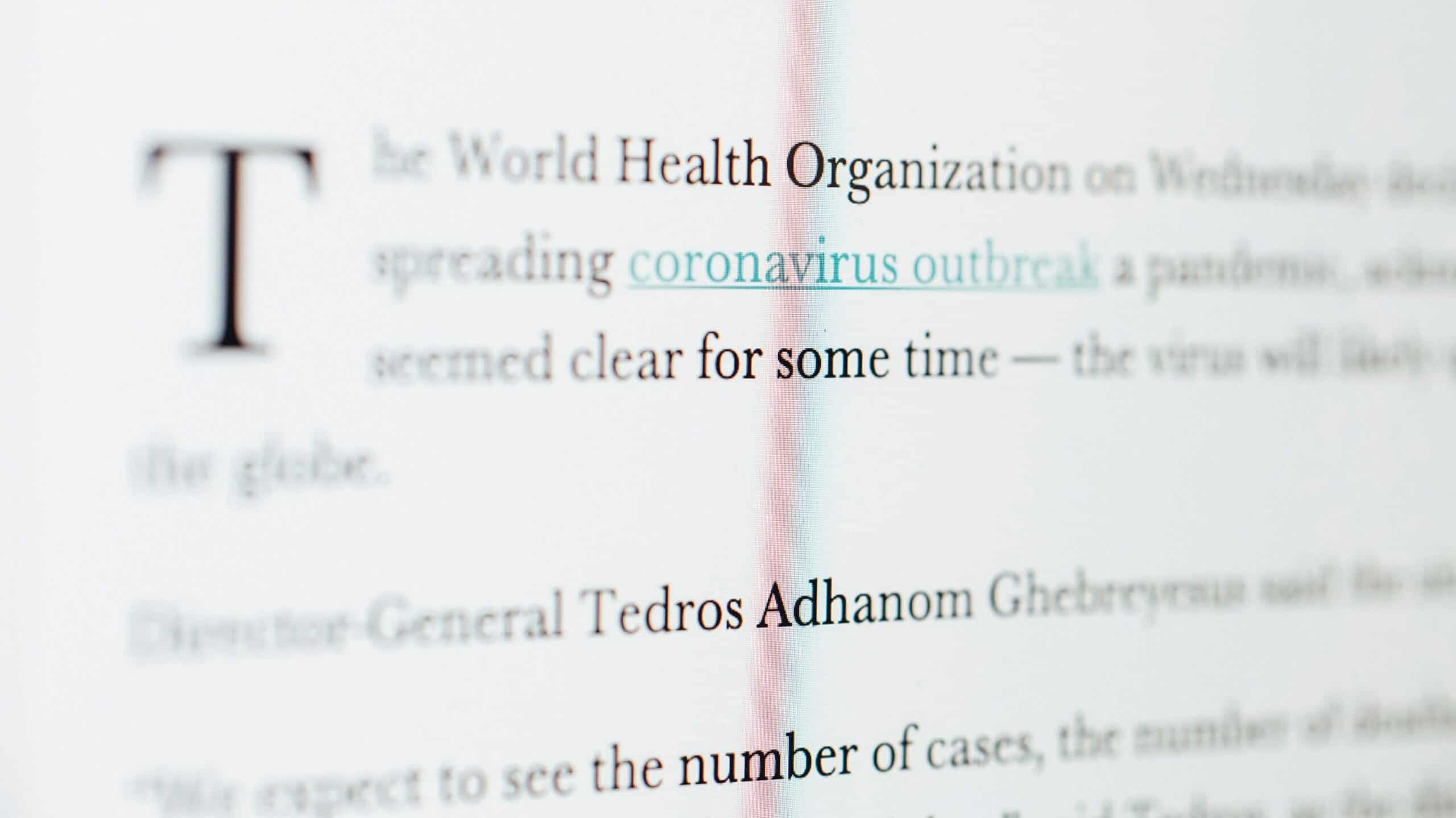Alternative Narratives

What Makes Disinformation and Propaganda Work?
Understanding how propaganda works is essential to understand how to counter these messages. First of all, propaganda is powerful because it is very simple. It uses ‘message’ rather than true, verified stories. The message is comforting and offers a simplification of the world and shows ‘good vs. evil’, ‘bad vs. good’. This bipolar worldview creates an ‘us vs. them’-divide, which can be a powerful driver of campaigns. But such simplification has a cost, making audiences less trusting. more radical, less inclusive.
Propaganda often consists of several types of arguments and beliefs:
- Injustice: this activates feelings of frustration and moral outrage: ‘There is something wrong/unjust in the world.’
- There is a collective enemy that is responsible: this transfers responsibility ‘We need to act or to fight the ones responsible.’
- Create stereotypes that dehumanises the enemy: this inhibits empathy and activates feelings of hatred / desire for revenge “they are evil and unjust
- Constructing a positive social identity: this creates a desire to belong ‘If you’re not with us, you’re against us (thus, supporting the oppressors) because we are righteous and good”
These extremes are spread via different platforms, types of media and formats and they are very agile. They can change platforms and formats from week to week and don’t have to stick to a predetermined idea or concept. Propaganda can spread easily over the internet and potentially reach millions of individuals.
What are Counter & Alternative Narratives?
The internet and social media speed up the spread of propaganda and disinformation. Just countering the messages with other factual messages, will most likely only enhance the ‘us vs. them’-divide. Rather, powerful and compelling stories are an effective way to counter narratives:
- Factual counter-narratives: Factual counter narratives point out flaws in the narrative of the other group. Fact-Checking can also be considered a factual counter-narrative since it points at the flaws in propaganda and disinformation.
- Pro: You can tackle propaganda head-on and respond tactically to new ideas.
- Con: People who are convinced of their worldview won’t believe you.
- Moral counter-narratives: Pointing out what is not moral.
- Pro: You can use religious and community leaders to spread your message.
- Con: You must carefully segment your target audience.
- Humour and sarcasm: Using humour and sarcasm may be useful in de-legitimising some narratives. It makes people who are sceptical start to listen and undermines the power of others.
- Pro: Humour is a great way to change someone’s thinking or behavior.
- Con: You might offend someone and make the situation worse.
- Positive/alternative narratives: By creating proactive and positive narratives, we can provide an alternative. This makes people feel empowered to stand up for or against new ideas.
- Pro: You can offer, a positive personal dream that can be achieved, or something that gives people significance or a sense of adventure and glory. You can offer the chance to create their own local initiatives or impacts. You can offer a group or collective that people can belong to.
- Con: It is difficult to respond to propaganda pieces.
Any serious attempt to develop counter and alternative narratives should begin by asking the question: what are the ingredients of a strong narrative? When focusing on what young people – who are often the key campaign target – need in narratives, three conditions stand out:
- Offer youth something that makes them dream of a life of significance. Adventure, glory and significance matter to youth.
- Offer youth a positive personal dream, with a concrete chance of realisation. Give them freedom and inclusion. Provide opportunities for personal engagement and give them an audience with whom they can share and refine their grievances, hopes and desires.
- Offer youth the chance to create their own local initiatives: local initiatives with small-scale involvement can provide opportunity for quality.
If you are running a disinformation campaign: before you start, make sure you do no harm!
- Don’t spread extremist propaganda. Studies indicate that raising young people’s awareness of an issue which authorities disapprove of or consider inappropriate or harmful may actually stimulate (more) interest in the issue rather than dissuade them. Therefore, highlighting the danger of specific extremist or terrorist groups can prove counterproductive. Counter-narratives in particular should only target a well-defined and understood audience that is curious about extremist content or sympathises with it already.
- Avoid stigmatisation. When trying to increase the resilience of a specific target audience against extremist propaganda and recruitment, be aware that you might be perceived as stereotyping and mistrusting this group. Ensure you have a good understanding of the sensitivities and concerns of your target audience, so as not to foster polarisation inadvertently.
| Case Studies: What The Fake, France An initiative run by the think tank Civic Fab, What The Fake (WTF) aims to fight hate speech and extremism online by undermining the disinformation and conspiracy theories that fuel them. WTF is active across multiple platforms, including Facebook, Twitter and YouTube, as well as a dedicated website. The campaign has been active since 2017 and also benefits from a partnership with content producers and diffusers like Buzzfeed. Noting how disinformation and conspiracy theories can feed into hateful speech and extremist discourse online, actors from civil society decided to launch the What The Fake campaign. The objective of this campaign is to counter hate, extremism and manipulation online by checking the hateful speech that proliferates on the internet. For this, the campaign has leveraged factual, verifiable and well-sourced information, as well as positive content. WTF produces two short videos per week, ensuring a regular flow of content for users to engage with. Videos are centred around three main themes: manipulation (including emotional manipulation, fake news and disinformation), extremism (including debunking extremist narratives) and positive initiatives (promoting positive initiatives that represent ideals contrary to extremism). In addition to the videos, short articles are shared intermittently via the website as well as Facebook, falling into the same three broad themes. 21,001,780 impressions on Facebook. 9,283,908 individuals reached by promoted campaign materials. 3,720,366 views of promoted videos. 642,441 engagements with campaign content (3.1% engagement rate). 115,537 likes on their Facebook page. |
| Hoaxmap, Germany Hoaxmap is a fact-checking campaign that debunks disinformation in Germany, with a focus on exposing fake news that targets immigrants and/or minority communities. The dissemination of disinformation, especially of that which is intended to spur suspicion and “othering” of migrant- and ethnic-minority communities, can have radicalising effects and fuel hate crime and hate speech. Hoaxmap disrupts the effects of disinformation by fact-checking stories about immigrant communities in Germany. Through raising awareness of fake news and disinformation, Hoaxmap encourages users to do the same and to think critically of what they read online. |



